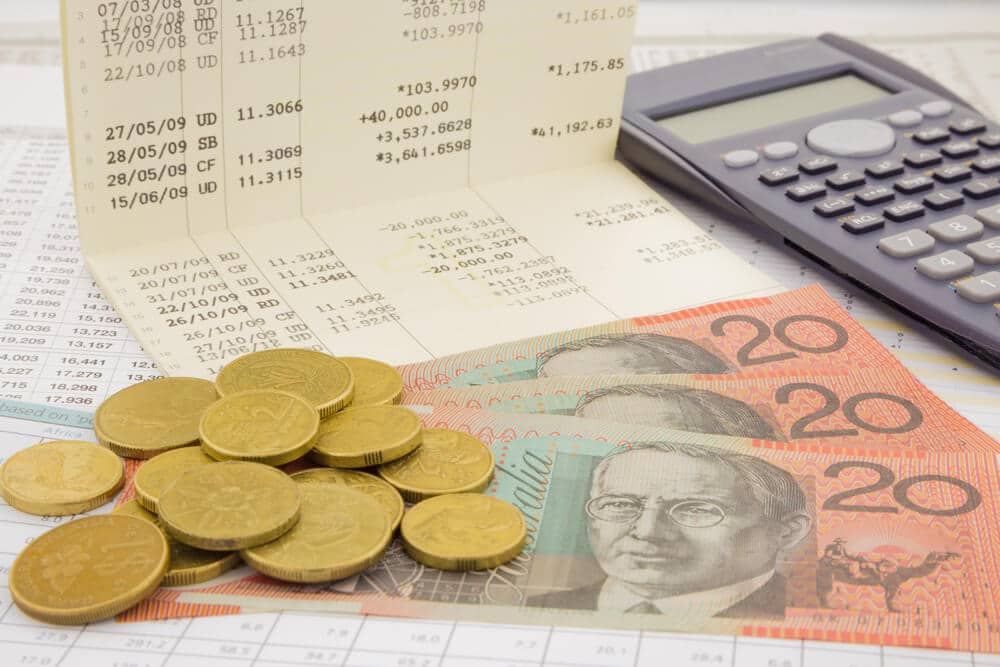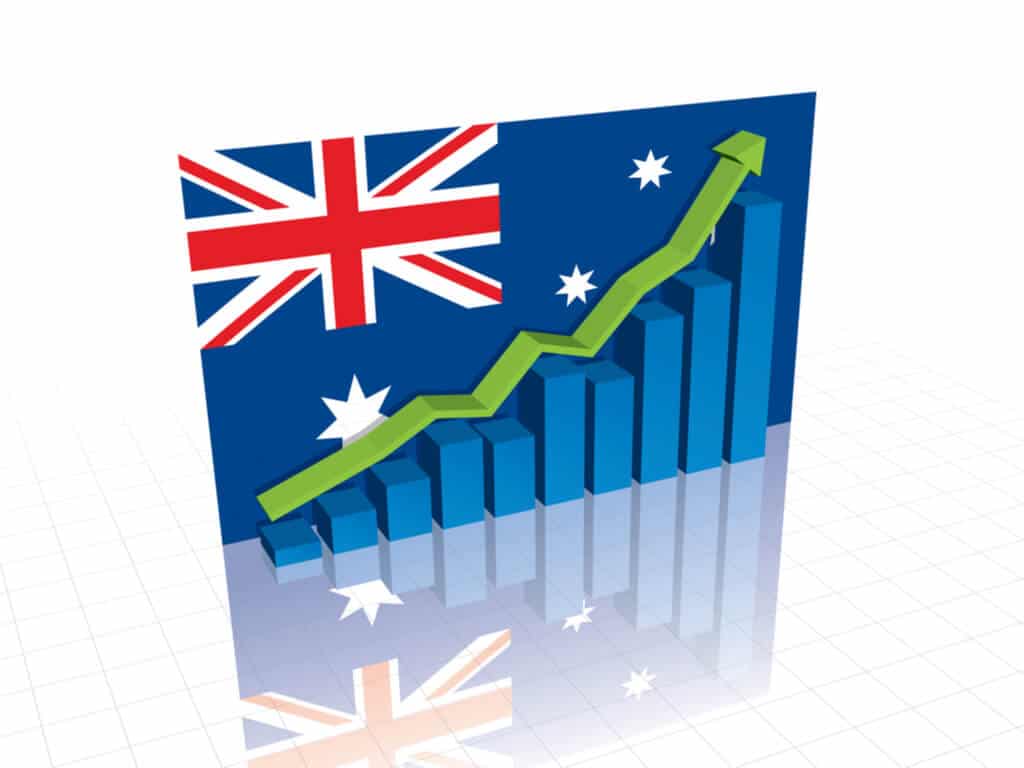The Reserve Bank of Australia (RBA) is Australia’s central bank, and the Reserve Bank Act 1959 is the primary legal authority underlying its responsibilities and powers. It is the organization’s responsibility to make a contribution to maintaining the stability of the currency, reaching full employment, and ensuring the economic prosperity and welfare of the people of Australia.
It accomplishes this mission by issuing the nation’s banknotes, trying to keep the nation’s financial system robust and the nation’s payment system efficient, and executing monetary policy with the goal of achieving an agreed-upon medium-term inflation objective. The Reserve Bank of Australia (RBA) offers various banking services to the Australian government and its many agencies, as well as to a number of central banks and governmental institutions located in other countries. In addition to this, it is responsible for managing Australia’s gold and currency reserves.
Historical Events That Created the RBA
Since it was first created, the Reserve Bank of Australia has consistently performed an essential function throughout the entirety of Australia’s history. Let’s take a look at some of the significant events that took place throughout the years that contributed to the establishment of the central bank that we are familiar with today. This is how they break down:
In the 1910s
Banking and monetary lawmaking authority was transferred to the Australian Parliament at the formation of the Commonwealth of Australia, which included all of Australia’s states and territories as constituent parts. The first Commonwealth Bank Act was passed in 1911, and it assigned the Bank with merely the typical responsibilities of commercial banking. At that time, the Bank did not have the mandate to perform central banking activities, and it was not in charge of the note issue. The Governor was responsible for the day-to-day operations of the Bank. In the middle of 1912, the bank first opened its doors to customers. During that time period, the Australian Department of the Treasury was in charge of managing the note issue. Prior to that point, the Queensland Government and private trading banks were responsible for its administration.
In the 1920s
The Commonwealth Bank Act was changed in 1924 to give the Bank power over the issuance of notes. This change occurred the same year. After that, management was handed over to a board of eight directors, which also included the Governor and the Secretary of the Treasury as ex officio members. The Bank’s central banking activities gradually evolved from this time until 1945 (when there were major changes to the legislation), initially as a response to the pressures of the Depression in the early 1930s and later by formal, albeit temporary, expansion of its powers under wartime regulations. These changes occurred between this time and 1945 (when there were major changes to the legislation). These included a variety of regulations over the banking sector as well as curbs on the currency exchange market.
In the 1940s
The new Commonwealth Bank Act and the Banking Act, both of which were passed in 1945, formalized the Bank’s authorities in connection to the administration of monetary policy, banking policy, and exchange control respectively. In accordance with the legislation that was passed in 1945, the board was disbanded and replaced with an advisory council of six members, all of whom were officials working for either the Bank or the Treasury. The legislation also stipulated that the Governor was the person in charge of running the Bank. However, a new law in 1951 formed a new board, which consisted of 10 members at the time. This new board included the Governor, Deputy Governor, and the Secretary to the Treasury. However, the task of operating the Bank was still delegated to the Governor. Since that time, this has essentially been the composition of the Board of Directors of the bank, with a few changes pertaining to the number of members.
In the 1980s
The Reserve Bank of Australia (RBA) did not experience any significant shifts in its activities until the elimination of Exchange Control in 1983, which came after the float of the Australian currency. However, there had been a gradual movement away from a system of direct controls on banks and toward market-oriented methods of implementing monetary policy. In the five years that followed the appointment of a major financial system inquiry, the Australian financial landscape was transformed into a virtually fully deregulated system. This was accomplished by removing direct controls on banks and moving toward market-oriented methods. During this period, the Reserve Bank of Australia (RBA) was concurrently developing a specialized banking supervisory role.
Role of the Reserve Bank of Australia
The majority of us, in all honesty, have no idea how significant of a part these various financial institutions play in the global economy. They are accountable for the state of the economy in their respective countries, and the people depend on them to avoid bringing about default or an economic slump in their nation so that the country does not fall into default. In a similar fashion, the Reserve Bank of Australia plays an important part in the present state of the economy in Australia and the rest of the country. The following factors are responsible for this result:
Monetary Policies
The Reserve Bank of Australia consistently releases monetary policies in accordance with the current financial situation in the country. The Monetary Policy Committee (MPC), which consists of nine members, is responsible for determining the policy regarding interest rates. The Governor of the Reserve Bank of Australia maintains control over the Monetary Policy Committee (MPC), which is a position held by a member of the public who is also employed by the Reserve Bank of Australia in a professional capacity. In addition to the Reserve Bank of Australia’s top economist, the committee is comprised of the three deputy governors responsible for monetary policy, financial stability, and markets and policy respectively.
The Chancellor of the Exchequer is an important figure who is comparable to the Secretary of the Treasury in the United States and is the one who makes the appointments for the remaining four members of the committee. The Monetary Policy Committee gets together on a regular basis (eight times a year) to discuss whether or not the monetary policy should be altered in order to fulfill the inflation target set by the government. Every person on the committee has one vote, and reaching a decision that everyone agrees on is not necessary. The Reserve Bank of Australia is responsible for adjusting the bank rate which is also often known as the rate that is charged to domestic banks.
Economical Information
One of the best places to get information about the economic situation of any given country is from the central bank controlling the economic decisions of the country. This is because they are the ones making these decisions so you can only get the most accurate information from them. We really recommend you avoid getting this information from magazines and other non-financial sites as they usually twist the words to exaggerate them for views and ratings. They are not a reliable source of information. Almost all central banks have a press release section where they release this information and it would be best to check this section regularly in order to be up to date on the economic situation of the country. If your central bank does not give out this information on their website it would be best to reach out to them to see where would be the best place to receive it instead.
Inflation Control
Inflation is a major crisis that takes over several countries like a disease. It is just like the COVID-19 virus as it doesn’t stop in just one country, it takes over several countries altogether. As always like in the past, whenever inflation took over a single country, most of the countries in the vicinity were impacted as well. This is because inflation occurs due to a major economic crisis. This type of crisis usually impacts more than one country simply because it has no choice. Trade routes are impacted and international flights become at a stand-still. A rate of inflation that is both low and stable is necessary for an economy to be considered healthy.
The annual percentage increase in general prices that should be allowed in Australia is predetermined by the government as the maximum allowable increase. The Reserve Bank of Australia is responsible for ensuring that inflation remains within the desired range. It would be beneficial to have a little bit of inflation. However, rates of inflation that are both high and erratic can be destructive. When prices are difficult to foresee, it is difficult for individuals to plan how much money they can spend, save, or invest in the future. In the worst-case scenario, severe and fluctuating inflation can bring about the collapse of an economy.
How the RBA Impacts the Australian Dollar Market
The markets for the Australian dollar are very susceptible to the effects of any significant announcements, declarations, or updates made by the Reserve Bank of Australia. And this has been observed to take place on a number of different instances. When the Reserve Bank of Australia (RBA) announces a significant development, the markets for the Australian dollar almost always react negatively or positively, respectively. The following is a list of some of the most vital information that can be obtained from the Reserve Bank of Australia:
Interest Rate Decisions
The Reserve Bank of Australia’s interest rates is updated on a regular basis. This is especially true if the country is experiencing a severe economic crisis. You should be aware that every bank works hard to maintain interest rates as low as possible. This is done to keep the economy from entering a slump. However, there are times when the bank is forced to raise its interest rates. This is especially true when the country is experiencing severe inflation.
In such a scenario, the bank has little alternative but to raise interest rates in order to contain inflation. When the Reserve Bank of Australia announces its interest rate decision, the Australian Dollar markets become quite turbulent. This is in anticipation of the next ruling. However, once a choice is made, the market may be quite volatile. If the interest rate decision was favorable, the Australian Dollar might enter bullish markets. If it was negative, the Australian Dollar may enter bearish markets.
Statistical Releases
Aside from its regular releases of comments and monetary decisions, the Reserve Bank of Australia also publishes statistical data on occasion. This is really helpful in keeping a trustworthy connection with its stakeholders, in my opinion. Without the statistical evidence, we would have to accept what they say in their speeches, as well as their reasons for altering their monetary policies. This statistical data truly puts money where their mouth is, allowing us to understand why each event arose and what the Reserve Bank of Australia did to influence the situation. If the RBA’s statistics data shows a good scenario, the AUD markets will most likely be bullish and in bullish markets. However, if no press release is available. The markets will correct themselves based on their weight.
Member Speeches
The Reserve Bank of Australia delivers speeches at least twice a week. This is to inform the public about the present state of the financial system and how the RBA intends to participate in the discussion. Although each speech might be significant since you never know what will be disclosed, the president, chairman, and governors’ remarks are more essential than the others. It should be observed, however, that these powerful people rarely divulge any significant financial data that may help us navigate the financial world. They want to remain neutral unless it is in the best interests of the country not to. These member remarks are critical in deciding the Australian Dollar’s market movement. If an RBA member speech is on your economic calendar, you should play your cards carefully.
Check how the top central banks in the world are dominating the forex market.
Don’t trade all the time. Trade only at the best trade set up with Forex GDP. Expert analysts will interpret the chart patterns for you and only provide you with profitable positions. Don’t make the top forex trader mistakes like playing with emotions and not using proper risk management. Let the experts handle it for you with forex signals.



